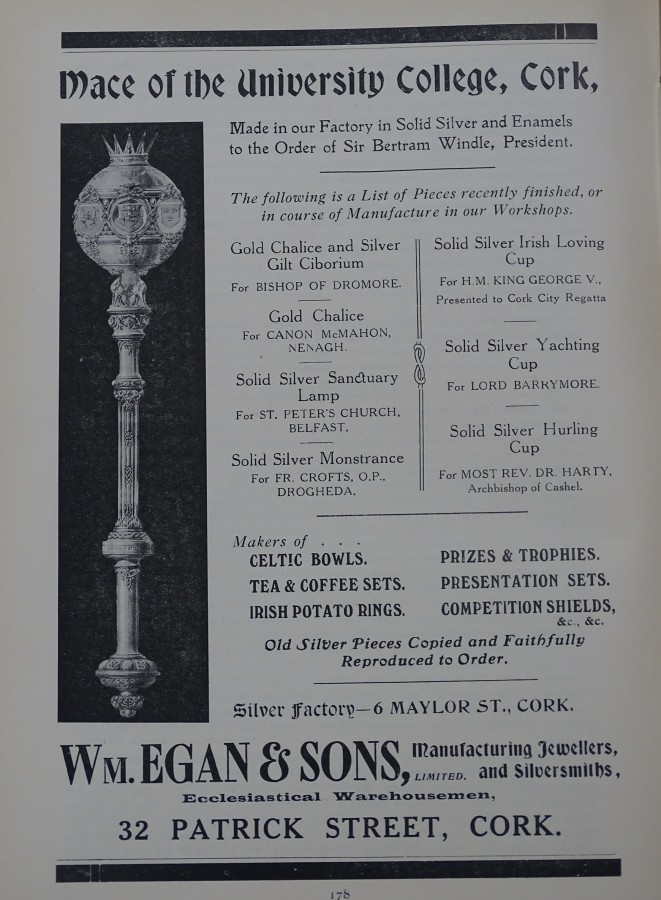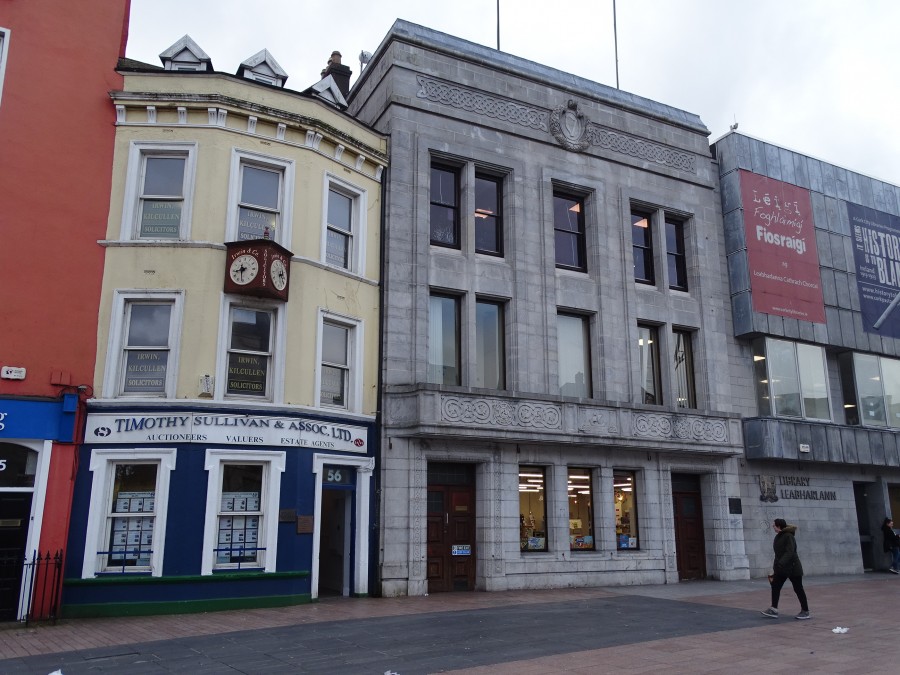
Kieran’s Our City, Our Town Article,
Cork Independent, 12 March 2020
Remembering 1920: Outcomes of a Bye-Election
It was a tale of democracy in action versus the continuation of the violence between opposing sides within the second week of March 1920. On the 10 and 11 March 1920 Sinn Féin candidates Donal O’Callaghan and Barry Egan emerged as victors in the first bye-election post the January 1920 local elections for Cork Corporation. The Cork Examiner reports that Donal had no competition on the ballot paper in the South Ward No.1 Barry Egan fought off just one other candidate Independent Jeremiah Lane – 2,385 first preference votes versus 846 for Jeremiah in the City Centre ward.
Both Donal O’Callaghan or Donal Óg Ó Ceallacháin and Barry Egan are worthy Corkonians to remark upon in terms of their contribution to promoting Cork in 1920. With a little-known background bar his involvement as a young person in Sinn Féin, Donal within months of the bye-election, would become the third Lord Mayor of Cork in 1920 after Terence MacSwiney’s death from hunger strike. Donal’s life and times will be published upon in a book by UCC’s Dr Aodh Quinlivan later this year.
Barry Egan’s obituary on his death in 1954 in the Cork Examiner reveals much on his life and times. Born in 1879 Barry Egan was a grandson of the late William Egan, who founded the Egan jewellery firm in 1820. As a young man Barry went to France to learn his trade, and he returned to Cork to improve the standards of church furniture and vestments as manager of the family business in Cork. He revived the ancient and historic craft of the silversmith to the city that was once famous for that art. He loved to show visitors the workshops in his premises on St Patrick’s Street, where vestments and jewellery were made by highly skilled craftsmen and women, whose training he had done to improve. Barry was one of the pioneers of the Irish industrial revival in the early twentieth century.
Barry Egan was an active member of the Cork Chamber of Commerce with interests as well in tourism promotion. He was a founder also, and a former president, of the Irish Tourist Association, which in the present day has become Fáilte Ireland. Within months of his bye election win, Barry would also become the acting Lord Mayor after Terence MacSwiney’s death on 25 October 1920, become a target of the auxiliaries, flee to Paris for his life and be one of the key champions of rebuilding St Patrick’s Street after the Burning of Cork in December 1920.
On Thursday morning 11 March 1920, the result of Donal O’Callaghan’s municipal bye-election was announced by a poster from the window of the Sinn Féin Club on the Grand Parade, and there was also hung out an invitation to the public to step inside and see the results of an overnight RIC raid. The announcement bore the words: “Admission Free”.
Following on the shooting of District Inspector MacDonagh on Wednesday night 10 March 1920, large forces of police and military raided two Sinn Féin clubs mid a number of private houses in Cork. The headquarters of the Sinn Féin organisation in the city was the club at 56 Grand Parade, and this was entered at 2am on Thursday morning, 11 March 1920. The street door was not forced. The police had in some way provided themselves with a key. About fifteen police and soldiers were said to have entered, whilst a larger number awaited developments outside. There was nobody, in the club at the time. The Cork Examiner reporting on it wrote that not a picture remained unbroken, nor a chair nor a table. Five chairs were in the front room, and these appeared to have been broken and swung against the table or floor. Two tables also were broken, and the whole floor was strewn with broken glass. The photo near the door was of Mr J J Walsh, MP, for Cork City, and the glass and frame of this were broken whilst the photo itself bore a mark similar to what might be made by a blow of the butt end of a rifle.
A picture representing the shooting of Fenian Peter O’Neill Crowley at Kilclooney Wood, East Cork was pulled flown, and the glass and frame were broken; the picture itself was not damaged. The glass and frame of the picture showing a group of the leading spirits of the 1916 Rising were also broken. A similar fate befell the glass frame of a photograph of Madame Maud Gonne McBride. A frame in the front room of the club contained grass and leaves from the grave of Charles Stewart Parnell, Fenian Leader Jeremiah O’Donovan Rossa and Easter Rising Director of Arms Michael Joseph O’Rahilly and this was torn down and its contents strewn about.
Two families lived over the club, and they became alarmed at the noise downstairs. When they heard the crashing of tables, chairs and pictures they thought that a fire had broken out in the building, and that the Fire Brigade were trying to force the door. One of the women rushed on to the stairs with her children, but only to see a policeman with a lighted paper in his hand, and a soldier by his side with a rifle, on the landing below. The policeman shouted up at her and asked if that part of the house was private property and, on her saying that it was they did not come any further. But she and her family, and another woman who lived in the house dressed and sat up for the remaining of the night for fear of another raid on the premises.
Captions:
1039a. Advertisement for Egan’s Silversmiths, St Patrick’s Street, from Cork: Its Trade and Commerce, 1919 (source: Cork City Library).
1039b. Former site of central Sinn Fein Club on the Grand Parade, Cork, present day (picture: Kieran McCarthy).

